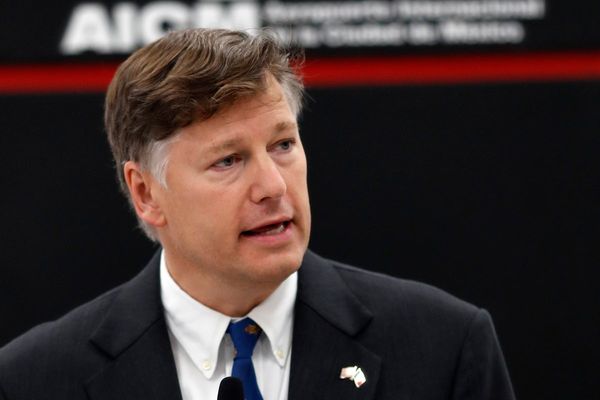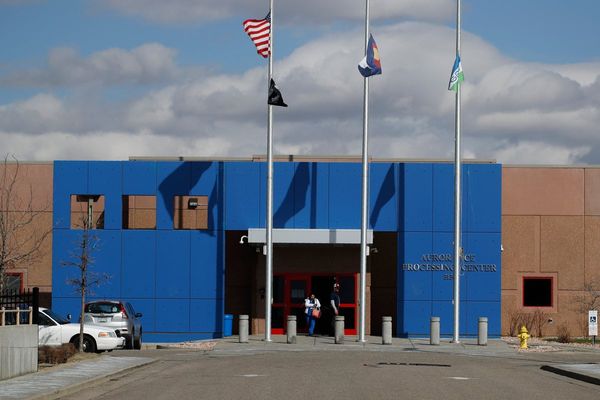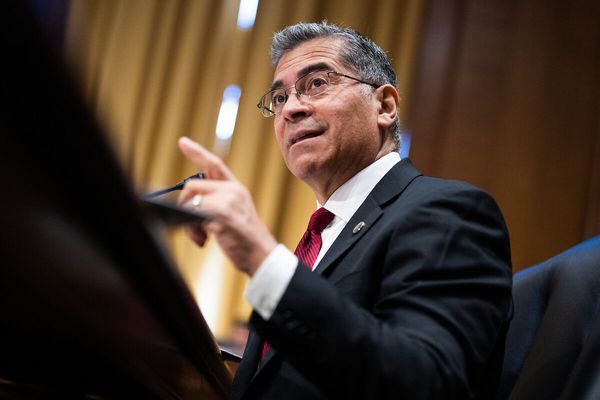The winner of the Prime Minister’s Prize for Science 2023 is decorated quantum physicist and Silicon Quantum Computing founder Michelle Simmons.
Professor Simmons is recognised as the creator of atomic electronics, having pioneered technologies to create the world’s first single atom transistor and subsequently build an integrated circuit at the atomic scale.
The potential computing power of quantum technologies could enable extremely complex problems to be solved in seconds where classical computing might take years.

Professor Simmons was previously Australian of the Year in 2018 and was made an officer of the order of Australia the following year.
Her business Silicon Quantum Computing was founded in 2017 as Australia’s first quantum computing firm. It is the only company to manufacture quantum computing components at the atomic scale.
With the quantum field already having received financial backing by the Australian Research Council (ARC) for nearly three decades, Professor Simmons said the award “really gives recognition to the field and hopefully it spurs us on to help bring those industries to Australia”.
“One of the things I love about Australian culture is it’s both fiercely competitive and fiercely collaborative,” said Professor Simmons, who is also the director of the ARC Centre of Excellence for Quantum Computation and Communication Technology at UNSW Sydney.
“The technology is changing so fast, and the most important thing is to just keep moving forward all the time. So never look backwards, always look forward, focus on the prize at the end, which is really building that whole computing industry here in Australia, and Australia is fantastically positioned to do that,” Professor Simmons said.
Silicon Quantum Computing, where Professor Simmons remains chief executive, is also unique in the support it receives from the Commonwealth government, which owns a large equity stake in the company and is entitled to appoint a board director.
This is an approach that has drawn envy from overseas firms, Professor Simmons said, noting that US groups are “very jealous” of the direct government backing.
“One of the things that’s interesting when you’ve got a deep tech technology, such as quantum computing, which doesn’t just come overnight, then you do need backers from all walks of life,” Professor Simmons said.
“The way that we’ve set up the company is to bring government industry and universities together. That’s something again, I think is quite uniquely Australian in that approach. Other countries across the world are trying to replicate that.”
Chief scientist Cathey Foley, who led the development of Australia’s first national quantum strategy, led the judging panel for the prizes. She told InnovationAus.com that a large part of what makes a scientist deserving of the Prime Minister’s prize is a dual capability to produce “high quality research at the cutting edge” and engage with a broader science community.
“The best scientists actually recognise that they’ve got to do their work, but they’ve also got to engage in making the system work. Whether its editing journals, being a peer reviewer, mentoring, supervising students, organising conferences, all the extras are part of what makes an amazing scientist,” Dr Foley said.
Dr Foley said in the history of the Prime Minister’s Science there are no “lone rangers” and highlighted that the award of two prizes to quantum research demonstrates the “enormous quality and number of people who are leaders” in that field.
The Malcolm McIntosh Prize for Physical Scientist of the year was awarded to Professor Yuerui (Larry) Lu from the Australian National University. His nanoscience and nanotechnology team were the first to make the experimental discovery of interlayer exciton pairs, which could help drive the understanding of ‘superfluidity’ enabling electricity to travel faster and more energy efficiently.
Professor Lu has created the world’s thinnest micro-lens using two-dimensional materials that are just one two-thousandth the width of a human hair. The lens could be used to make extremely lightweight optical systems for use in medical, environmental, and aerospace industries, among others.
The winners of the Prime Minister’s Prize for Science and for Innovation each received $250,000 with the other prize winners receiving $50,000.
During the awards ceremony, Prime Minister Anthony Albanese said that “the breadth and the quality of all the nominees gathered here tonight speaks for just how important science is to the whole of our nation’s future”.
“He also reiterated the importance of backing basic research as well as those trying to translate and commercialise Australian innovation,” the Prime Minister said.
“Science is vital to solving the biggest challenges we face — from pandemics to climate change.
“And science is central to unlocking the next generation of opportunities – creating new jobs, powering new industries, boosting our productivity and helping us embrace new technologies.”
Industry and Science minister Ed Husic congratulated all the award winners and extending thanks to all the scientists in attendance “for how [they] can help improve the lives of Australians around you and people in other parts of the world”.
The full list of recipients across the seven categories are as follows:
- Prime Minister’s Prize for Science — Silicon Quantum Computing founder and chief executive and ARC Centre of Excellence for Quantum Computation and Communication Technology at UNSW Sydney director Professor Michelle Simmons: pioneering atomic electronics and for her part in the global race to create the world’s first error corrected quantum computer.
- Prime Minister’s Prize for Innovation — Infensa Bioscience co-founder and chief scientific officer and University of Queensland Professor Glenn King: pioneer in the use of peptides from the venom of the Australian funnel web spider for sustainable crop protection, potential use for human therapeutics, and support of the next generation of scientists.
- Frank Fenner Prize for Life Scientist of the Year – Monash University Professor Chris Greening: World first discovery that microbes live on air, which led to the understanding that microbes help regulate climate change and air pollution by removing 350 million tonnes of gases such as carbon monoxide from the atmosphere each year.
- Malcolm McIntosh Prize for Physical Scientist of the Year – Australian National University Professor Yuerui (Larry) Lu: Discovering interlayer exciton pairs and creating the world’s tiniest micro-lens.
- Prime Minister’s Prize for New Innovators – Griffith University Associate Professor Lara Herrero: taking less than 10 years to translate research on repurposing a drug for treating bladder inflammation for the treatment of mosquito-transmitted viruses associated with arthritis.
- Prime Minister’s Prize for Excellence in Science Teaching in Primary Schools – Kalkie State School’s Judith Stutchbury: for creating meaningful experiences for students and to learn about endangered species and the Great Barrier Reef, and for authoring an award-winning fiction book to promote environmental science
- Prime Minister’s Prize for Excellence in Science Teaching in Secondary Schools – John Curtin College of the Arts’ Donna Buckley: Inspiring students with diverse creative backgrounds to apply mathematics to real-world problems and introducing them to career paths in science related fields.







